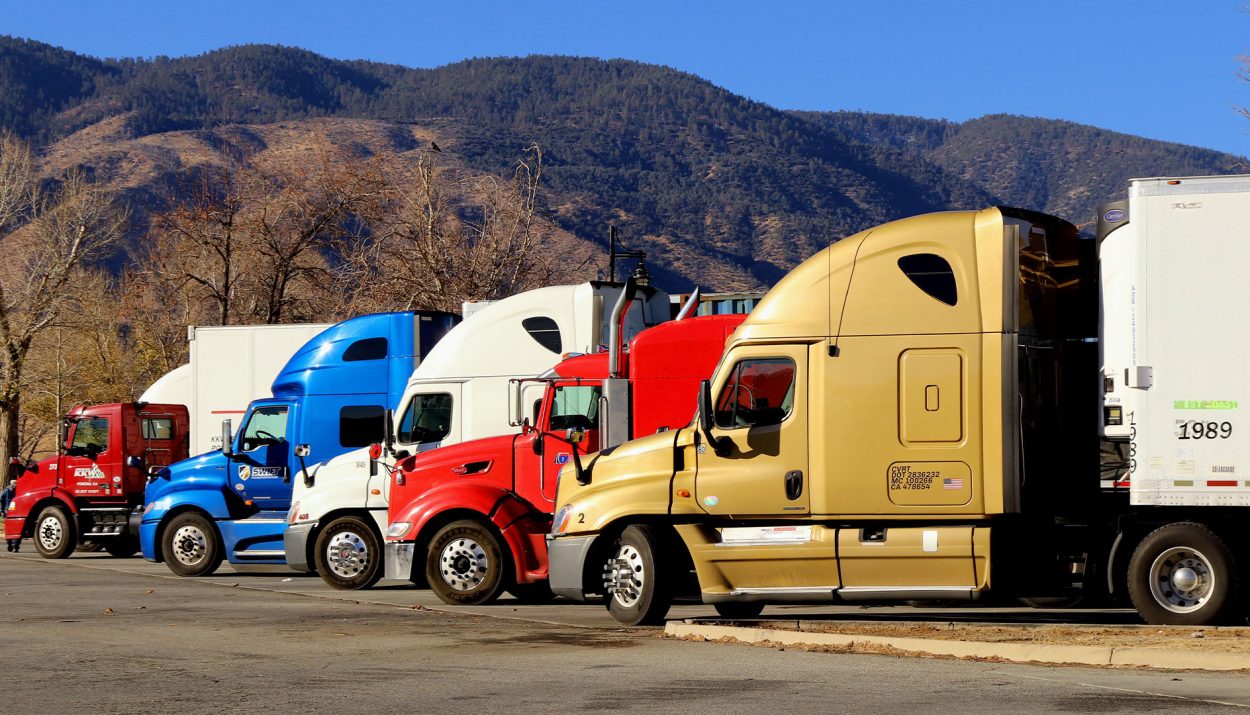A national freight company recently made headlines by filing for Chapter 7 bankruptcy. The bankruptcy filing was reportedly linked to an excessive amount of debt. However, the matter has also shined a light on the industry-wide struggles and concerns related to numerous trucking companies.
National Freight Company Reported ‘No Funds’ Available For Unsecured Creditors
TBL Logistics reportedly filed for bankruptcy on February 29 within the U.S. Bankruptcy Court for the Western District of Virginia. The company, which is based in Virginia, listed its assets and liabilities as ranging between $1-$10 million.

The company also reportedly stated that it currently has a maximum of 49 different creditors. The report further claims that the company maintained that “no funds will be available for unsecured creditors once it pays administrative fees.”
TBL Logistics Highlighted Its ‘Extensive Network Of Carriers’ On Its Website
Before its closure, the company referenced the “extensive network of carriers and industry expertise” accessed by the company. TBL Logistics also prided itself on being able to “streamline the shipping process.”

The company focused on ensuring that the goods of their customers reached their desired destination “safely and on time.”
Reduced Freight Demand of COVID-19 Pandemic Took Its Toll
Studies and statistics have shown that the trucking industry overall was drastically impacted by the COVID-19 pandemic. For instance, there was a major reduction in freight demand overall for services and goods during the lockdown.
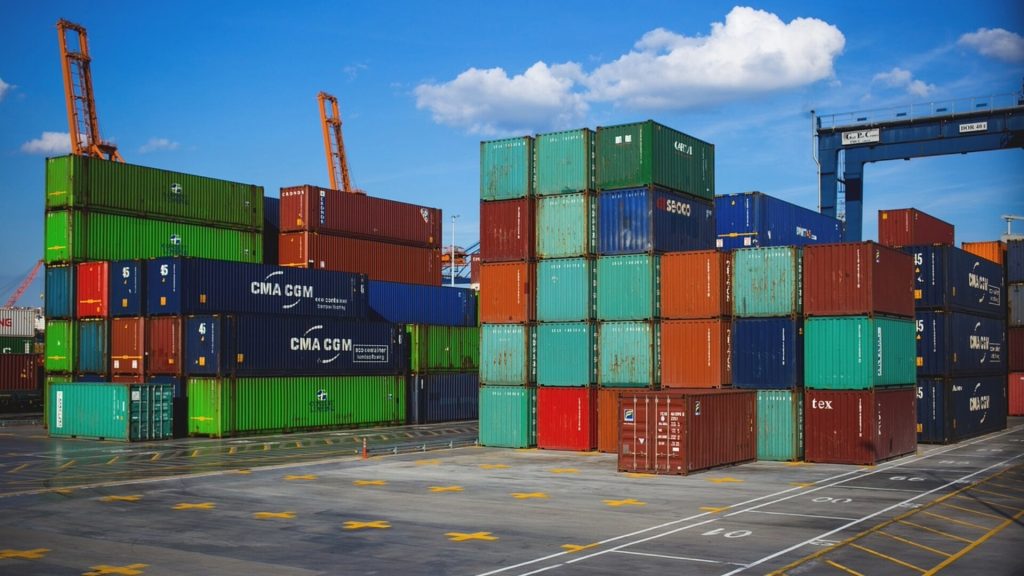
This resulted in fewer shipments and lighter workload for truck drivers throughout the United States. More importantly, the bigger picture is that it eventually led to the reduced hours and layoffs for truck drivers and the permanent closings of trucking companies.
Disrupted Supply Chains Complicated Transport, Access Of Goods
The COVID-19 pandemic created a considerable number of disruptions and delays within the supply chain for the trucking industry as well. This resulted in backlogs, inefficiencies and even delays regarding the movement and transport of various goods.
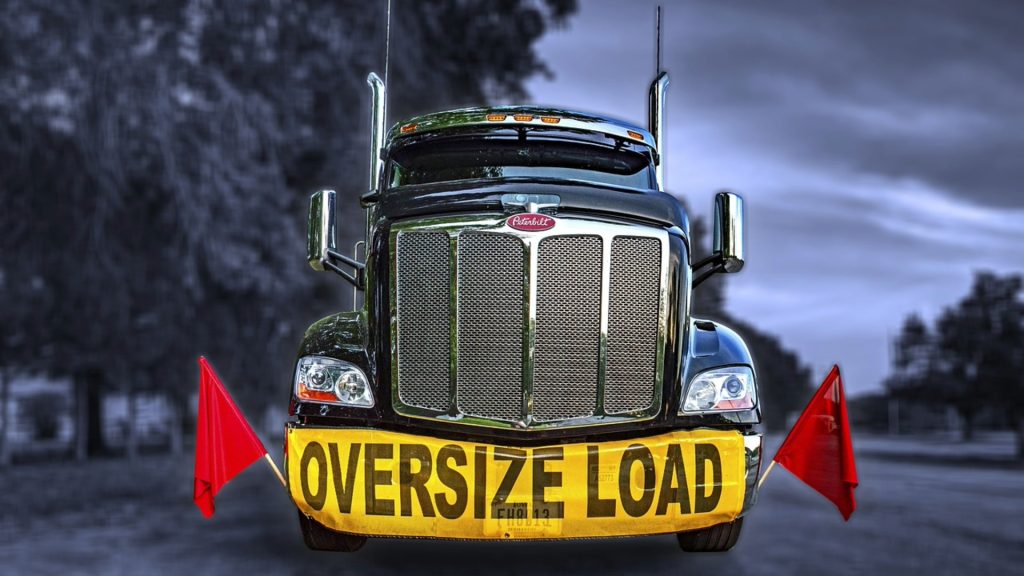
The disruption affected truck drivers and companies as well. A lot of the complications came from the access to and transport of goods to their assigned destinations.
Health Concerns Made Working Conditions More Challenging For Drivers
There was a significant increase in concern for safety and health throughout the trucking industry – especially when case numbers spiked in the United States in March of 2020. The fear of getting infected with COVID-19 placed a huge amount of stress on the shoulders of truck drivers and trucking companies as well.

The implementation of social distancing, enhanced sanitation protocol, and restrictions related to in-person encounters made it much more difficult for the average truck driver to complete their basic tasks.
President Biden: ‘Trucking Moves About 70 Percent’ Of All Goods Nationwide
President Joe Biden opened up about the trucking industry and its impact within the United States during a speech presented in April of 2022. Biden mentioned that “truck drivers are facing real challenges.”
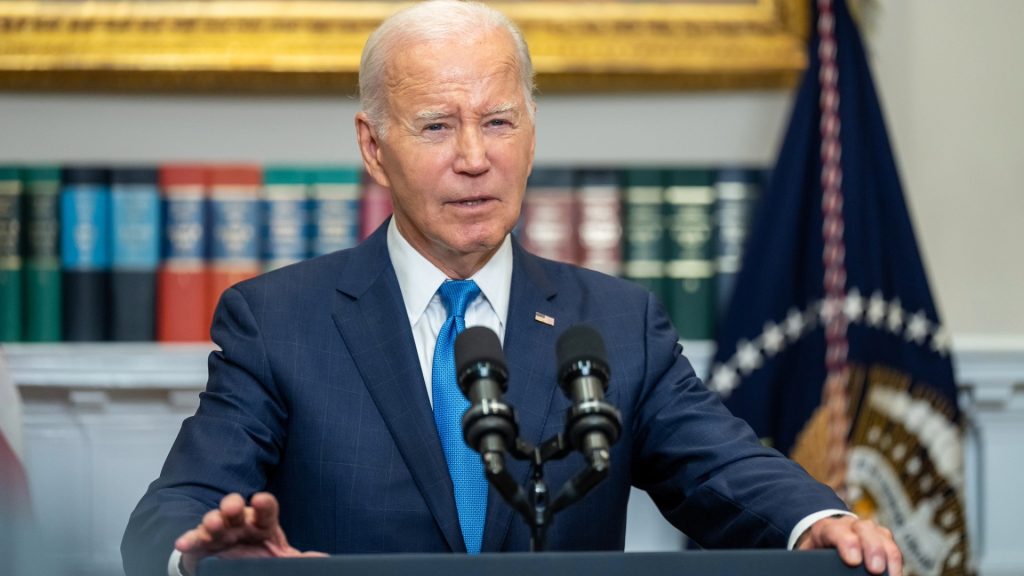
He noted that “trucking moves about 70 percent…of all the goods in this country.” He also indicating that trucking helped with the supply chain interruptions during the pandemic even when the demand for those goods was very high.
Biden Explained The Impact Of Loading Times On Pay For Truck Drivers
Biden explained that truck drivers typically do not always get paid for the time that they spend waiting for their trucks to be loaded or unloaded. Biden discussed that the “average driver waits four and a half hours” for loading and unloading “during an eleven-hour shift.”
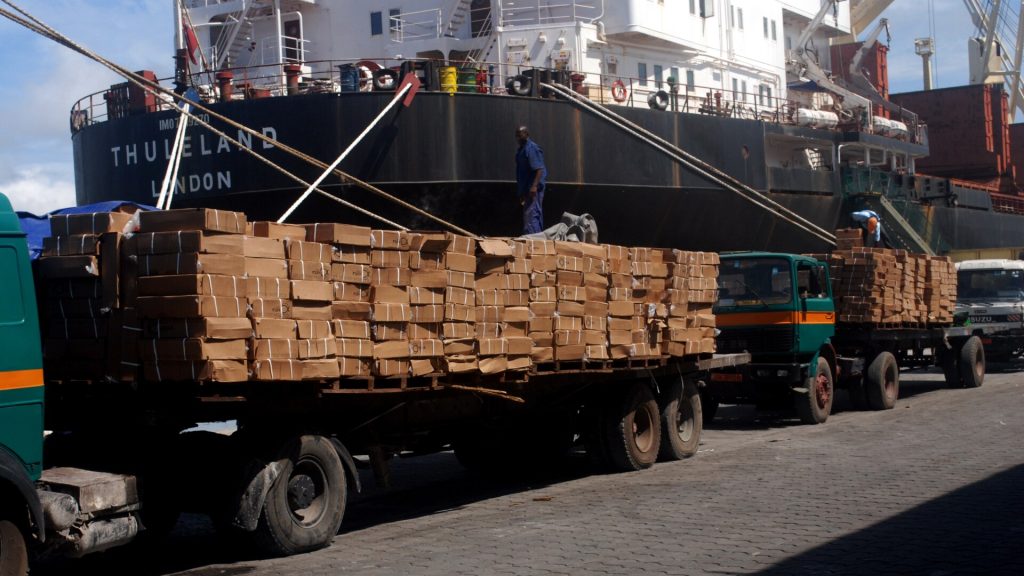
Doing the math, the president noted that this equates to 40 percent of their day. If they do not get paid for the loading and unloading, that means that a considerable amount of their shift goes unpaid.
Biden Highlighted Decline of Truck Driver’s Pay From Late 1970s
President Biden expressed that the average truck driver made the equivalent of $34 per hour “in today’s dollars” back in 1978. He then indicated that the hourly pay in 2021 for truck drivers was only $25 per hour – which represented a decline of close to 30 percent.

Biden added that it is “getting harder and harder to raise a family with dignity and pride” that the American people deserves. He also expressed that “it’s no surprise so many drivers left their jobs.”
Consumer Spending Decline Led To Economic Doubts, Uncertainty
There was a considerable amount of doubts and uncertainty of the U.S. economy created during the pandemic. More specifically, the decline of consumer spending raised a lot of red flags.

This also led to an increased number of business closures and unpredictable demands related to various goods and services. The market fluctuated in an unprecedented way, making it very difficult for businesses to plan accordingly.
Cross-Border Operations Were Affected By Border Limits, Restrictions
Multiple countries implemented limitations and restrictions related to cross-border operations during the pandemic as well. The objective was to curb or at least hinder the spread of the COVID-19 virus, which required international supply chains to experience disruptions as well.

This lack of work reduced the opportunities for cross-country and long-haul travel. It also eliminated a lot of work options for those who specialized in international freight transport.
Driver Retention Issues Made It Difficult For Smaller Companies To Stay Open
Longtime truck drivers were forced to make tough decisions regarding their career paths during the pandemic as well. Retention was a major issue for the industry across the board. Low pay, longer hours, and the limited access available to various support services and amenities during travel made it difficult for a lot of drivers to stay on the job.

Low driver retention created unmanageable workloads for a lot of trucking companies. The ones that were affected the most were the smaller trucking companies that were not supported by hundreds of nationwide locations or large fleets.
Driver Education, Licensing Needs Created Delays And Staff Shortages
Another reason for the shortages of available truck drivers was the lack of training, educational opportunities, and licensing overall. In-person gatherings were restricted throughout the pandemic, which also led to the closures of quite a few different training facilities.

Since there is only so much online training that can be done within the trucking industry, this created more of a demand than the supply of training options could fulfill.
Biden Referred To 2021 As ‘Best Year For Trucking Employment’ In Decades
President Biden mentioned during his speech that the country has “begun to turn things around” since he took office. For instance, he referred to 2021 as the “best year for trucking employment since 1994.”

Biden added that there were over 35,000 additional trucking jobs than there were before the COVID-19 pandemic began.
Biden Referenced Apprenticeship Programs Launched By 100 Major Employers
President Biden also referenced the launching of new registered apprenticeship programs for truck drivers from 100 major employers. For instance, UPS, Domino’s, and Pepsi were featured on the list.
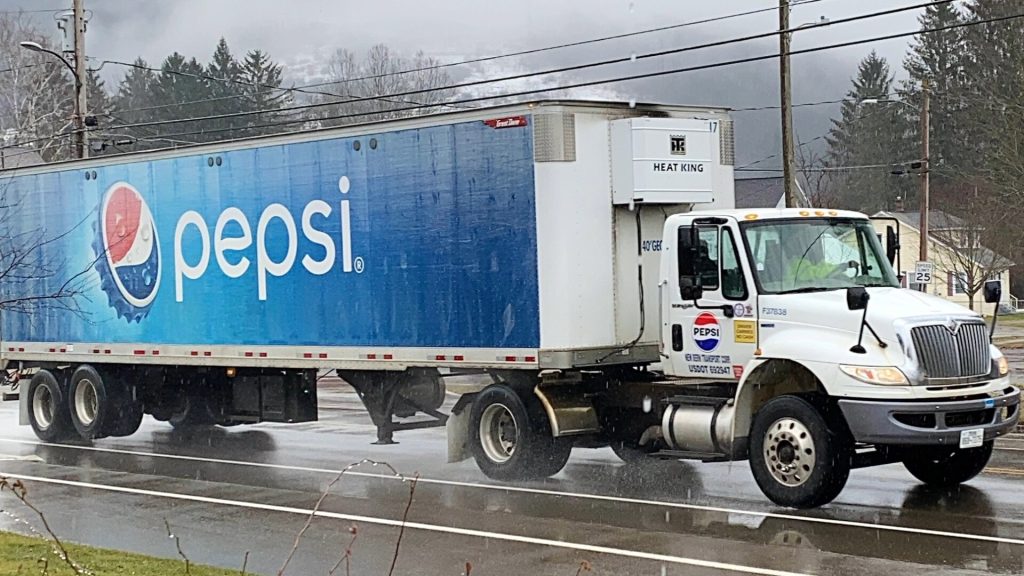
Biden also referenced several trade associations with similar programs – including the National Minority Trucking Association and Food Industry Association.

